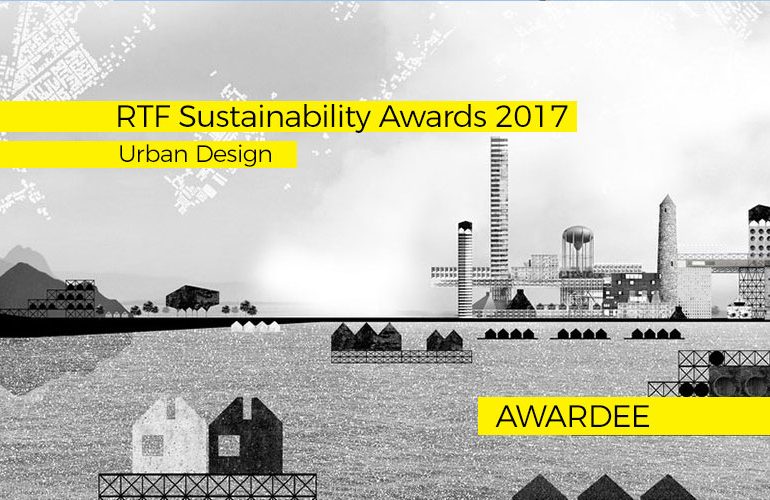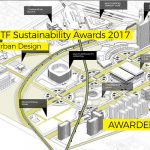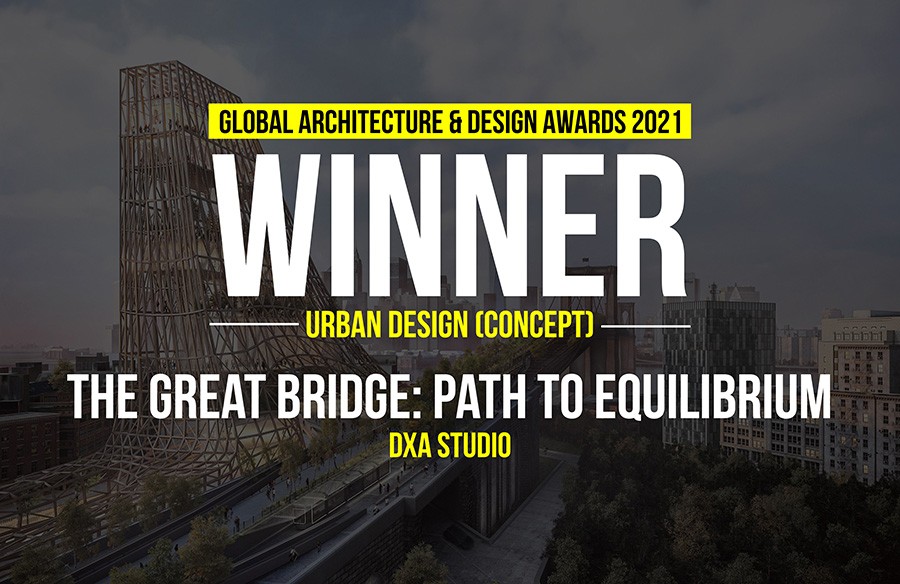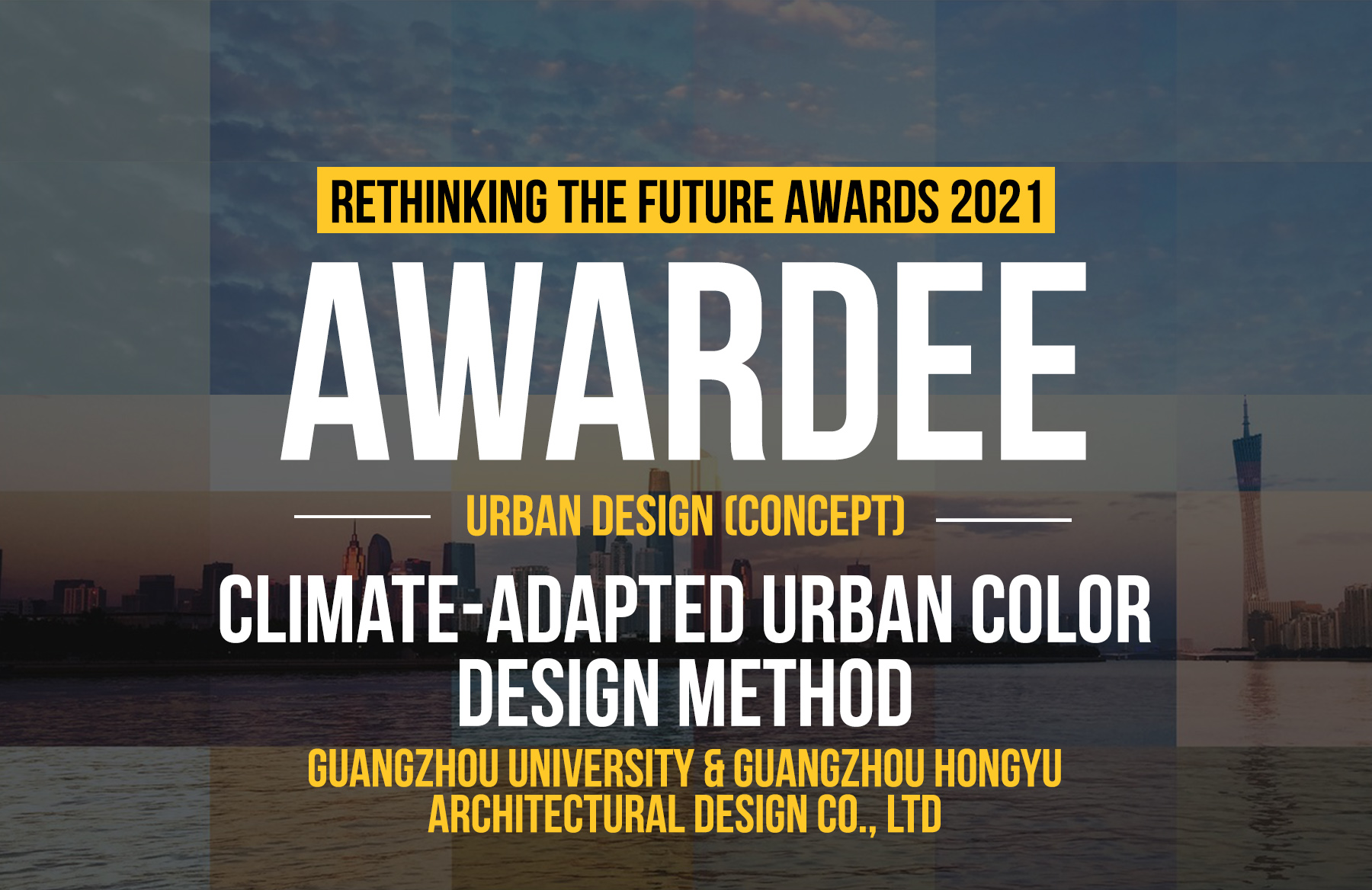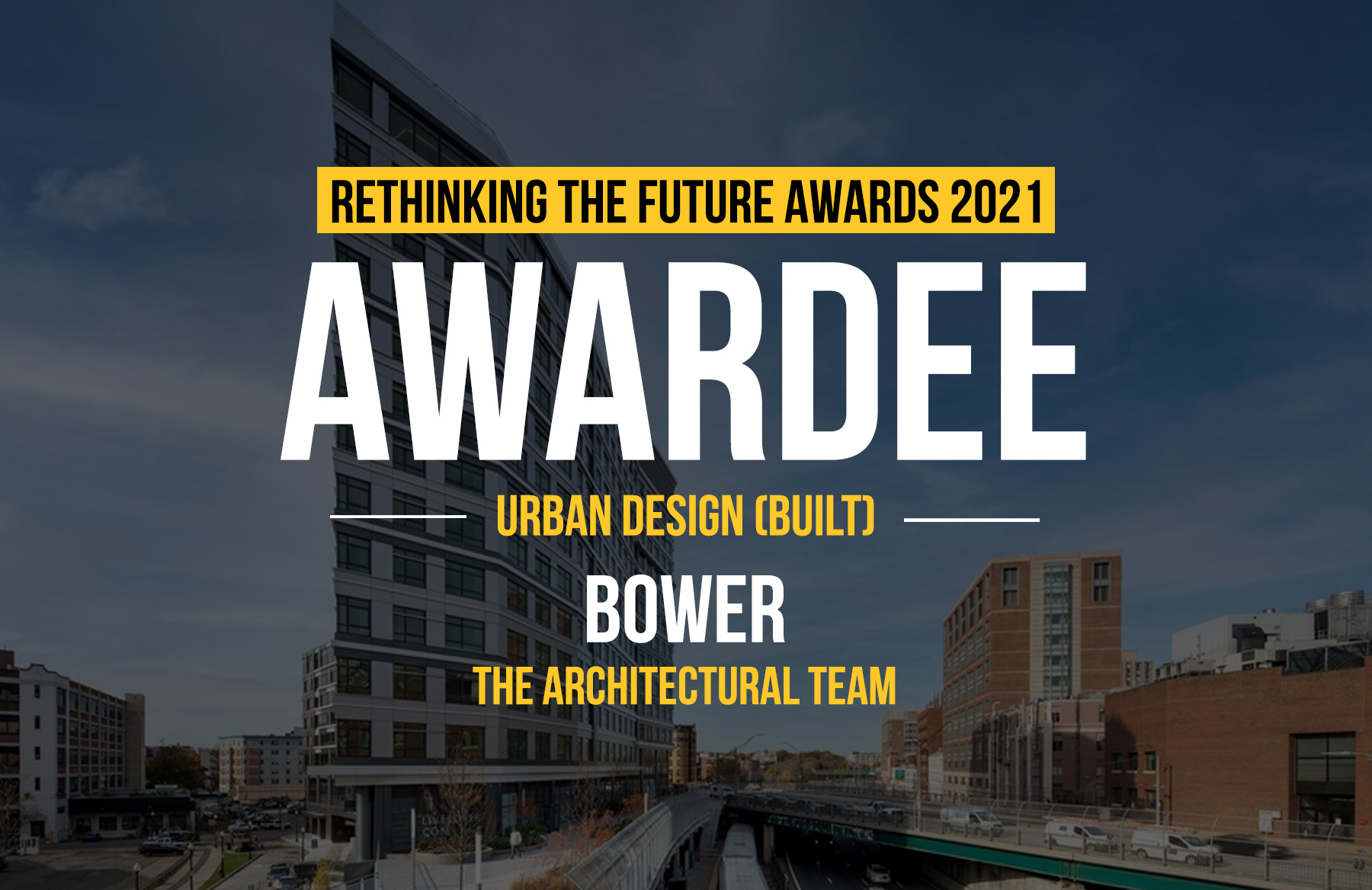Mobile Linear City is a river development strategy aimed at holistic approach to development and co-operation between areas linked by the same waterway. This plan assumes the creation of a linear river city that will complement existing urban fabric on the one hand, and, on the other, create a chance for the development of independent residential settlements on the river. The aim of such a scheme of the city is to create the negative of existing cities, which, thanks to its mobility and flexibility, will be able to adapt easily to current and future social needs.
RTF Sustainability Awards 2017
Second Award | Category: Urban Design
Architect: Monika Woźniak
University: Poznań University of Technology
Country: Poland

The starting point of the strategy is the inherent for the city presence of the river, which in its course passes all possible spatial functions (on the one hand, it runs through the largest metropolises and, on the other hand, crosses urban areas, villages as well as natural areas untouched by human activity), thereby combining areas of different spatial qualities into one continuous organism. This advantage makes it possible to plant mobile water elements on the river so that they transform the watercourse area into a linear urban structure. Such spatial development gives the possibility of free spatial arrangement which, on the one hand, complements existing buildings and, on the other hand, provides opportunities for spontaneous activation of the river area. The efficiency and temporariness of applied solutions create the opportunity for continuous changes and modifications that enable the continuous improvement of water cities, while meeting the expectations of a rapidly changing society.

An interesting analogy for the river system are ideas of Linear Cities. Considering the river as a Mobile Linear City, which elements are forming free movable systems, can become an important factor that improves the urban structure. The plan of such functioning urban fabric would be based on real needs of the dynamically changing society. Unrestricted city would face new needs, hence providing constant development possibilities. The structure of Mobile Linear City would be closely connected to the inshore space, for which mobile urban functions would constitute this supplement.

The main advantage is a line connection of city centers, offering great developmental potential. Mobile Linear City can be considered as “supplementing” city. Functions located by the river bank along with functions in the area of watercourse can complement each other or create new spatial advantages. Properties located on the water provide huge arrangement prospects with a possibility to create settlements on the river (thus can be used as a completely independent urban system).

The Mobile Linear City creates a smooth form, for which the need and context of surroundings defines the plan. The future and development of such comprehended city can considerably contribute for great improvement of the river line development.

One of the main social reasons for creating the strategy have been the globalization factors and the increasing need of people to migrate. This new approach to settlement and the dynamics of technology development show the ever-growing need and possibilities of increasing efficiency of life in the city. Water covers 71% of the Earth’s surface. The largest cities of the world are located by rivers/seas. The global reach of water and transport possibilities shows great potential of watercourses constituting the natural link of the largest cities in the world. Social world-view and public changes, as well as constant globalization reflect the needs of both the exchange of information and physical goods. The idea focused on mobility and versatility may be a new direction for development of urban spaces. Analysis of the location of cities and water bodies clearly shows the relation between the choice of location of settlements and watercourses. Natural water thread can in the future turn out to be the easiest way of communication between areas.
Smart City Solutions:
- New stronger tendencies in society – seasonal migrations, changing of work place, school etc.
- Linear nature of the river – development of water transport and communication.
- Reduction of heavy transportation on the roads – building / objects as an vehicle.
- Architecture on the water – efficient way of living, new way of developing public function and spaces.
- Removable energy – widely available source of removable energy – water.
- Efficiency of architecture and urban planning – one building can be use over a distance of all river.
If you’ve missed participating in this award, don’t worry. RTF’s next series of Awards for Excellence in Architecture & Design – is open for Registration.
Click Here

